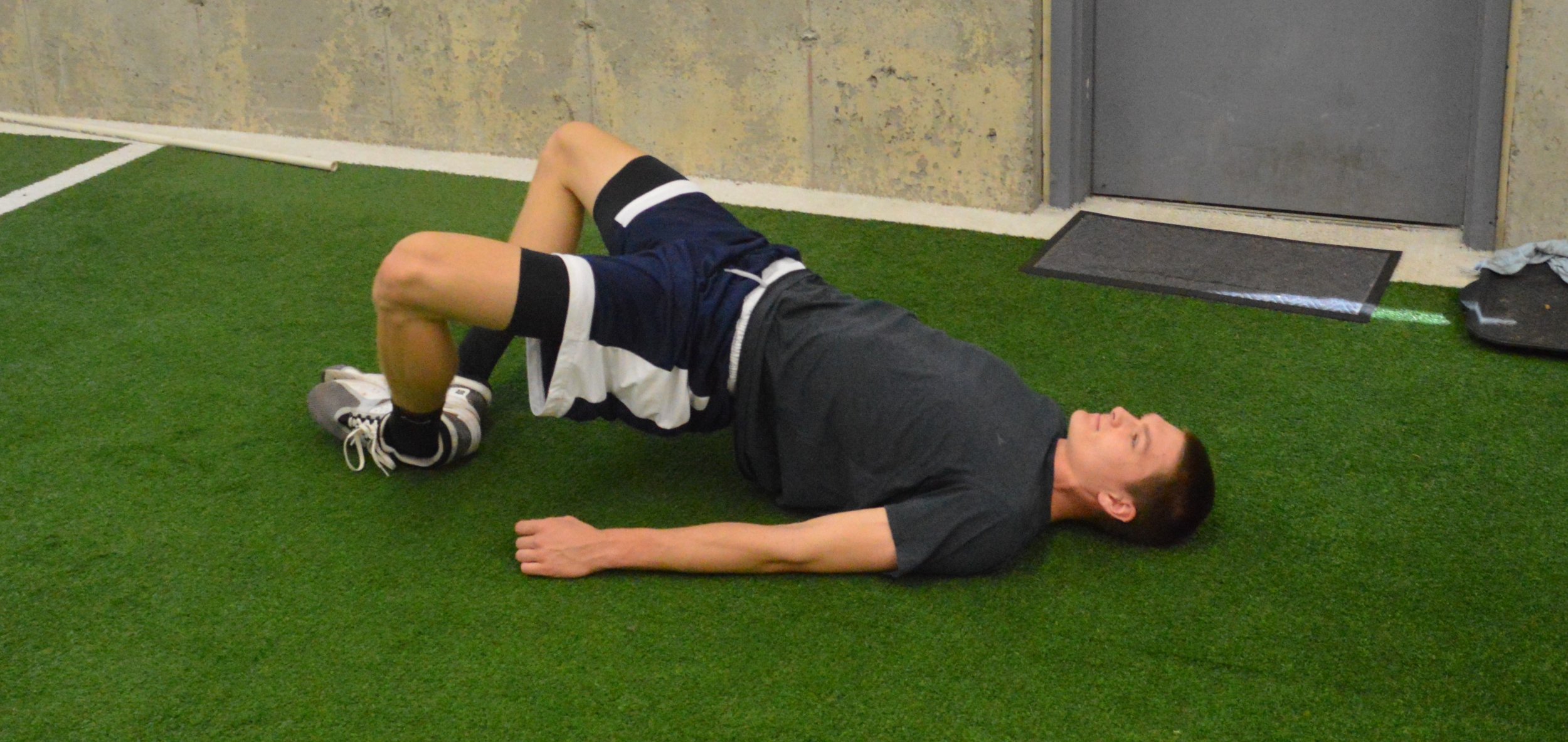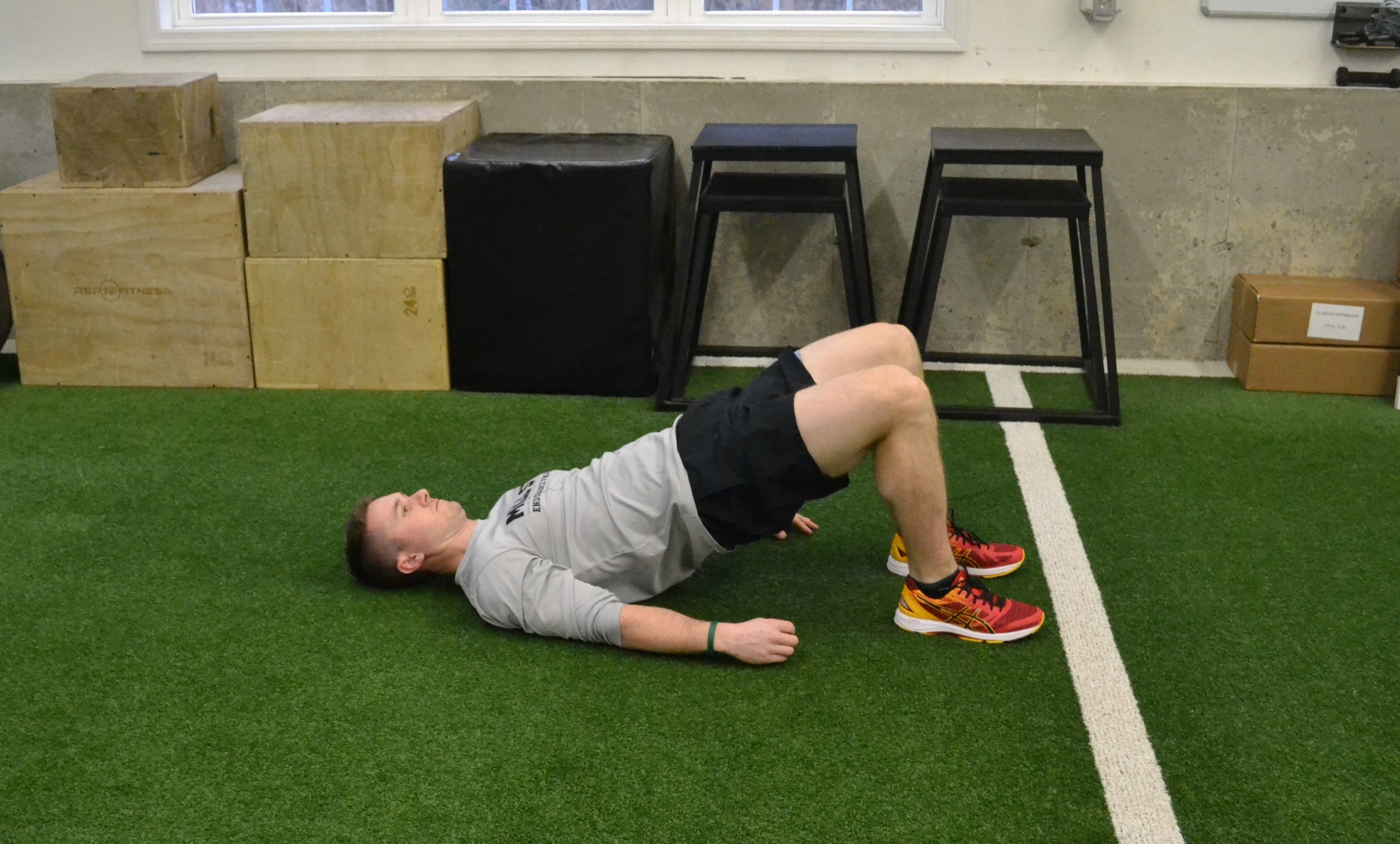Optimal Glute Training
Optimal Glute Training
Glutes have become quite the trendy topic in the health and fitness world. Whether they become inactive during long bouts of sitting or contribute to lower back pain, without delving deep into the facts and fallacies side of things, they play an extremely important role in gait and aesthetics. Also, due to the vertical tibia (straight shin) that is present during most glute exercises, they are an effective way of training the lower body without causing any knee discomfort.
There are three muscles that make up the Glutes: Glute Maximus, Glute Medius, and Glute Minimus. Glute Max plays a role in hip extension as well as abduction and adduction of the leg (leg swinging away and towards your body). Glute Med functions as an abductor and a rotator of the hip; i.e. lateral leg lifts and clamshells. The Glute Minimus, the smallest of the three muscles, works in tandem with the Glute Med and also contributes to inward motion of the thigh, i.e. Med Ball adduction.
What does all of this mean? Stronger glutes require a variety of exercises that have the hip moving in different planes of motion. Squats and Mini Band exercises aren’t enough to maximize the potential of the musculature. We try to address all of the Glutes anatomical responsibilities during the class workouts.
Exercises we frequently use in the Group Classes:
Glute Bridge Variations (Bilateral, Single Leg, with Med Ball Adduction, etc)
Frog Pumps
Wall Sits with Med Ball Adduction
Side Plank with Lateral Leg Lift
Banded X Walks
Banded Clamshells
Knee Banded Goblet Squats
Deadmill Marching
Seated Hip Abduction
Glute Bridge vs. Frog Pump
With Glute Max being the biggest of the three Glute muscles it garners the most attention during workouts. Glute Bridges and Frog Pumps are the two that have the highest return and are easiest to implement during class as they require minimal equipment and set-up. The different positioning of the feet and knees between these two exercises determines which of the three are activated most effectively.
During a Frog Pump you are abducting and externally rotating the hips (heels together and knees out) as well as flexing the lumbar spine. As a result, this eliminates any involvement from the hamstrings and erectors (a lower back muscle) and shifts the burden entirely onto the Glutes. This subtle shift allows you to work the Glute Medius, which as we mentioned in an opening paragraph, functions as an abductor and rotator of the hips. Without the foot and knee position that is present in a Frog Pump, this portion of the Glute musculature wouldn’t be addressed; one reason why Glute Bridges alone aren’t sufficient for hitting the entire musculature.
Technique Points of Emphasis
Knees bent and feet close to your body
Hard exhale to move your ribcage down towards your hip bone
Drive through your heels
Finish reps by squeezing glutes and not overextending through your lower back
Individuality
Based on a host of factors from anatomy to training experience, people may “feel” their glutes better in one variation more than the other. This shouldn’t necessarily dispel one as ineffective but can definitely influence which variation you use; especially when you’re doing higher rep work to fatigue where a mind-muscle (feeling the muscle you're working) is important.
The foremost expert on all things Glutes is Bret Contreras. His website https://bretcontreras.com/news/ has an incredible library of articles on strength and conditioning as a whole, but especially on training Glutes. Think that information from this post could benefit someone you know? Encourage them to subscribe to our mailing list or share on social media by clicking on one of the buttons below.



